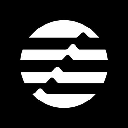-
 Bitcoin
Bitcoin $83,153.2876
4.27% -
 Ethereum
Ethereum $1,558.9343
1.32% -
 Tether USDt
Tether USDt $0.9994
0.03% -
 XRP
XRP $2.0154
1.52% -
 BNB
BNB $585.8350
1.26% -
 Solana
Solana $121.2068
6.71% -
 USDC
USDC $0.9999
0.04% -
 Dogecoin
Dogecoin $0.1587
2.11% -
 TRON
TRON $0.2411
2.24% -
 Cardano
Cardano $0.6206
0.51% -
 UNUS SED LEO
UNUS SED LEO $9.2968
-1.22% -
 Chainlink
Chainlink $12.5633
2.42% -
 Avalanche
Avalanche $18.9696
2.53% -
 Stellar
Stellar $0.2336
0.53% -
 Shiba Inu
Shiba Inu $0.0...01211
2.85% -
 Sui
Sui $2.1766
2.58% -
 Hedera
Hedera $0.1668
-1.41% -
 Toncoin
Toncoin $2.8157
-4.28% -
 Bitcoin Cash
Bitcoin Cash $312.3950
6.18% -
 MANTRA
MANTRA $6.4538
0.04% -
 Litecoin
Litecoin $75.7452
1.24% -
 Polkadot
Polkadot $3.5555
1.55% -
 Dai
Dai $0.9999
0.02% -
 Bitget Token
Bitget Token $4.3138
2.81% -
 Hyperliquid
Hyperliquid $15.1799
7.11% -
 Ethena USDe
Ethena USDe $0.9987
0.02% -
 Pi
Pi $0.6276
5.27% -
 Monero
Monero $209.2344
4.30% -
 Uniswap
Uniswap $5.1938
2.36% -
 OKB
OKB $53.0406
-1.89%
which blockchain consensus algorithm aims to achieve
Proof-of-Work (PoW), a commonly used blockchain consensus algorithm, leverages a competitive mining process to ensure network security and transaction validity.
Oct 22, 2024 at 04:53 am
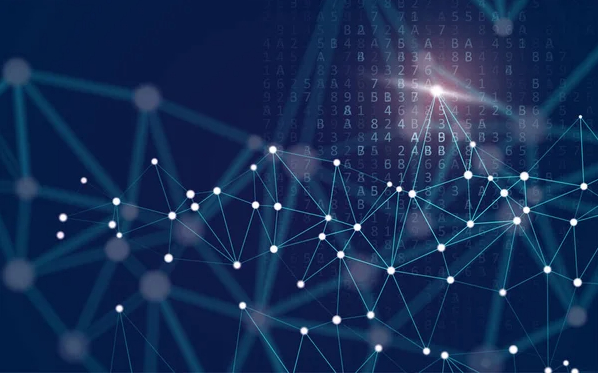
Blockchain Consensus Algorithms: A Detailed Guide
Consensus algorithms play a crucial role in maintaining the integrity and reliability of blockchain networks. They ensure that all nodes in the network agree on the validity of transactions and the state of the blockchain. Several consensus algorithms have been developed, each with its own advantages and drawbacks. This article provides a comprehensive overview of key blockchain consensus algorithms.
1. Proof-of-Work (PoW)
- Concept: Miners compete to solve complex cryptographic puzzles to earn the right to add a block to the blockchain.
Advantages:
- Decentralized and secure
- Proven technology with a long history
Disadvantages:
- Computationally intensive and energy-consuming
- Slow transaction processing times
2. Proof-of-Stake (PoS)
- Concept: Validators are selected based on the amount of cryptocurrency they hold (stake) to validate transactions and add blocks to the blockchain.
Advantages:
- More energy-efficient than PoW
- Faster transaction processing times
Disadvantages:
- Can lead to centralization if large stakeholders control too much of the stake
- Fewer staking opportunities for small holders
3. Delegated Proof-of-Stake (DPoS)
- Concept: Users delegate their staking power to a limited number of representatives called delegates. These delegates are responsible for validating transactions and producing blocks.
Advantages:
- Efficient and fast transactions
- Reduced energy consumption compared to PoW
Disadvantages:
- Can concentrate power in the hands of a few delegates
- May not be as decentralized as other consensus algorithms
4. Byzantine Fault Tolerance (BFT)
- Concept: Requires a majority of nodes to reach consensus before adding a block to the blockchain. This algorithm can tolerate up to a certain percentage of faulty or malicious nodes.
Advantages:
- High transaction throughput and scalability
- Suitable for applications that require high availability and fault tolerance
Disadvantages:
- More computationally intensive than other algorithms
- Can be centralized if a small number of nodes control the majority stake
5. Proof-of-Capacity (PoC)
- Concept: Instead of solving puzzles or staking coins, miners use available hard drive space to store data blocks for proof of their work and maintain the blockchain.
Advantages:
- Lower energy consumption than PoW
- Can be implemented on resource-constrained devices
Disadvantages:
- Requires significant storage space
- May be less secure than other algorithms
6. Proof-of-Elapsed Time (PoET)
- Concept: Utilizes a trusted execution environment (TEE) to generate random delays. The node with the shortest delay is chosen to produce the next block.
Advantages:
- Energy-efficient and low-resource intensive
Disadvantages:
- Requires specialized hardware with TEE support, limiting adoption
Disclaimer:info@kdj.com
The information provided is not trading advice. kdj.com does not assume any responsibility for any investments made based on the information provided in this article. Cryptocurrencies are highly volatile and it is highly recommended that you invest with caution after thorough research!
If you believe that the content used on this website infringes your copyright, please contact us immediately (info@kdj.com) and we will delete it promptly.
- US SEC May Be Open to a Flexible Exemptive Approach to Crypto Regulation
- 2025-04-12 10:00:13
- Chainlink (LINK) Price Is Revisiting a Critical Level After a Sharp 15.9% Weekly Correction.
- 2025-04-12 10:00:13
- Why MAGACOIN FINANCE Is Becoming a Standout in a Slow Market
- 2025-04-12 09:55:14
- Popcat (POPT), a meme coin built on the Solana blockchain and inspired by the viral meme, has surged 33% over the past 24 hours
- 2025-04-12 09:55:14
- Fed Stands Ready as Leverage Unwinds and Trump Temporarily Stills the Storm
- 2025-04-12 09:50:13
- From April 7 to 11, the virtual asset market experienced extreme volatility
- 2025-04-12 09:50:13
Related knowledge

What is Near Data Availability for blockchain?
Apr 12,2025 at 10:00am
Near Data Availability (NDA) is a crucial concept in the realm of blockchain technology, particularly for scaling solutions. NDA refers to a mechanism that ensures data required for the validation and execution of transactions is readily accessible to nodes on the network. This concept is vital for maintaining the integrity and efficiency of a blockchai...
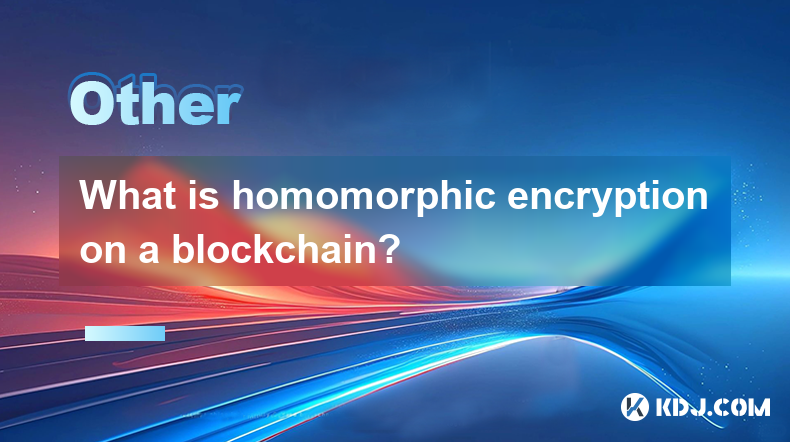
What is homomorphic encryption on a blockchain?
Apr 12,2025 at 08:21am
What is Homomorphic Encryption on a Blockchain? Homomorphic encryption is a form of encryption that allows computations to be performed on encrypted data without decrypting it first. This means that data can remain confidential even while it is being processed. When applied to blockchain technology, homomorphic encryption offers a powerful tool for enha...

What is a ring signature on a blockchain?
Apr 12,2025 at 06:15am
A ring signature is a type of digital signature that can be used on a blockchain to enhance the privacy and anonymity of transactions. This cryptographic technique allows a group of users to sign a message or transaction in such a way that it is impossible to determine which specific user in the group actually created the signature. Ring signatures are ...
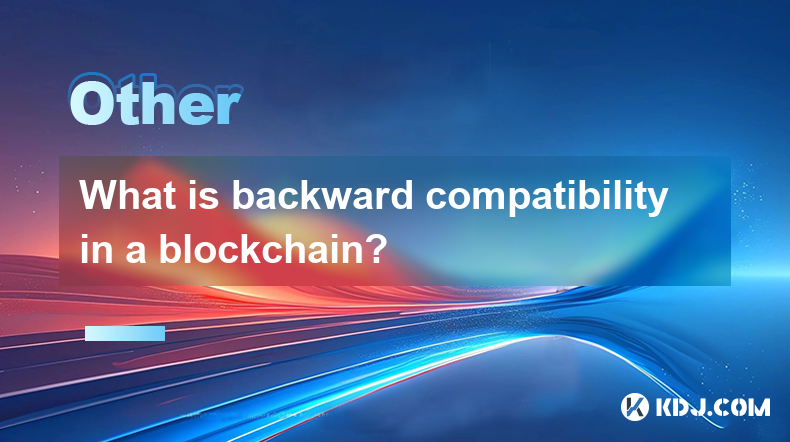
What is backward compatibility in a blockchain?
Apr 12,2025 at 06:01am
What is backward compatibility in a blockchain? Backward compatibility in a blockchain refers to the ability of a newer version of the blockchain protocol or software to interact seamlessly with older versions. This concept is crucial for maintaining the integrity and continuity of a blockchain network, ensuring that all participants, regardless of the ...
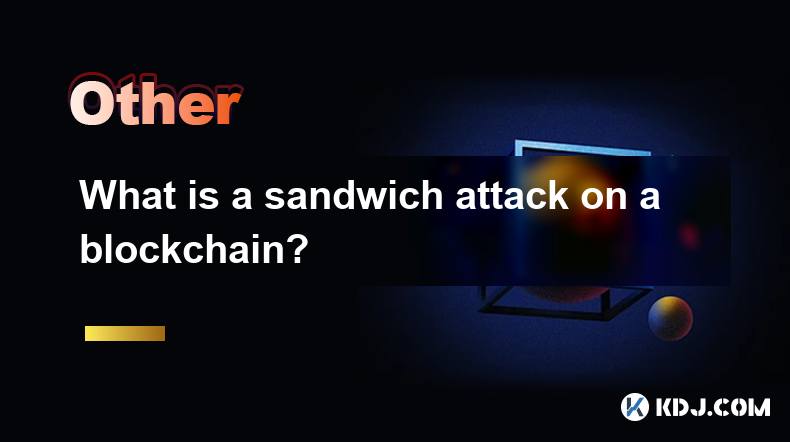
What is a sandwich attack on a blockchain?
Apr 12,2025 at 07:00am
A sandwich attack is a type of exploit in the cryptocurrency space that takes advantage of the order of transactions in a blockchain. This type of attack is particularly prevalent in decentralized exchanges (DEXs) that use an automated market maker (AMM) model. In a sandwich attack, an attacker strategically places their transactions around a victim's t...
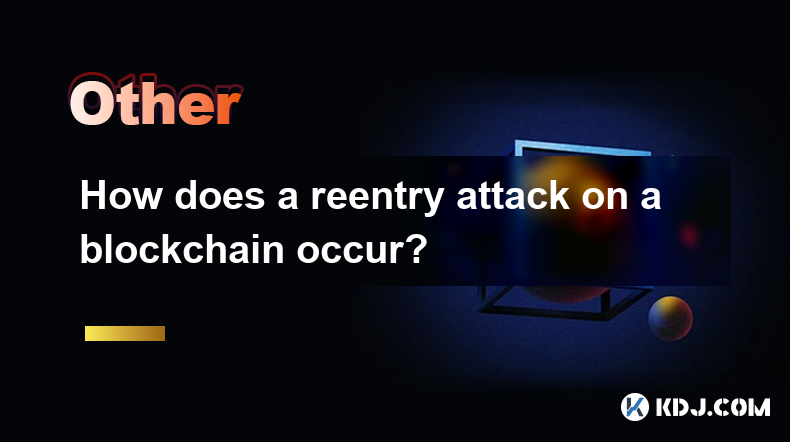
How does a reentry attack on a blockchain occur?
Apr 11,2025 at 08:21pm
Introduction to Reentry AttacksA reentry attack is a type of exploit that can occur on blockchain smart contracts, particularly those that handle financial transactions. This type of attack takes advantage of vulnerabilities in the contract's code, allowing an attacker to repeatedly call a function before the initial transaction is completed. Understand...

What is Near Data Availability for blockchain?
Apr 12,2025 at 10:00am
Near Data Availability (NDA) is a crucial concept in the realm of blockchain technology, particularly for scaling solutions. NDA refers to a mechanism that ensures data required for the validation and execution of transactions is readily accessible to nodes on the network. This concept is vital for maintaining the integrity and efficiency of a blockchai...

What is homomorphic encryption on a blockchain?
Apr 12,2025 at 08:21am
What is Homomorphic Encryption on a Blockchain? Homomorphic encryption is a form of encryption that allows computations to be performed on encrypted data without decrypting it first. This means that data can remain confidential even while it is being processed. When applied to blockchain technology, homomorphic encryption offers a powerful tool for enha...

What is a ring signature on a blockchain?
Apr 12,2025 at 06:15am
A ring signature is a type of digital signature that can be used on a blockchain to enhance the privacy and anonymity of transactions. This cryptographic technique allows a group of users to sign a message or transaction in such a way that it is impossible to determine which specific user in the group actually created the signature. Ring signatures are ...

What is backward compatibility in a blockchain?
Apr 12,2025 at 06:01am
What is backward compatibility in a blockchain? Backward compatibility in a blockchain refers to the ability of a newer version of the blockchain protocol or software to interact seamlessly with older versions. This concept is crucial for maintaining the integrity and continuity of a blockchain network, ensuring that all participants, regardless of the ...

What is a sandwich attack on a blockchain?
Apr 12,2025 at 07:00am
A sandwich attack is a type of exploit in the cryptocurrency space that takes advantage of the order of transactions in a blockchain. This type of attack is particularly prevalent in decentralized exchanges (DEXs) that use an automated market maker (AMM) model. In a sandwich attack, an attacker strategically places their transactions around a victim's t...

How does a reentry attack on a blockchain occur?
Apr 11,2025 at 08:21pm
Introduction to Reentry AttacksA reentry attack is a type of exploit that can occur on blockchain smart contracts, particularly those that handle financial transactions. This type of attack takes advantage of vulnerabilities in the contract's code, allowing an attacker to repeatedly call a function before the initial transaction is completed. Understand...
See all articles

















